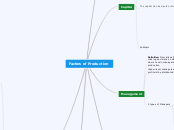arabera Noah Campbell 9 years ago
593
Social Science Research Methods
Research methods in social sciences utilize various tools, such as questionnaires and surveys, to gather data from multiple subjects. Questionnaires, a type of survey, can be designed for qualitative or quantitative research and may contain open or closed questions.









